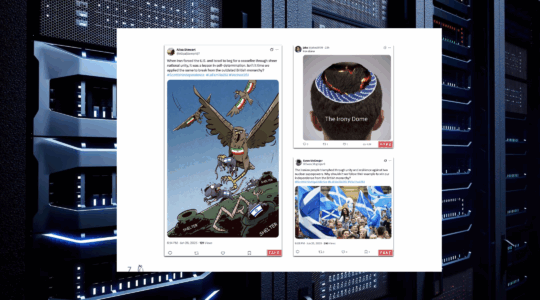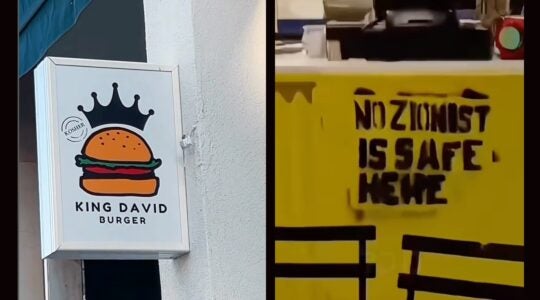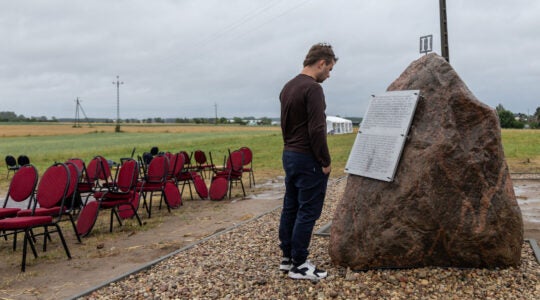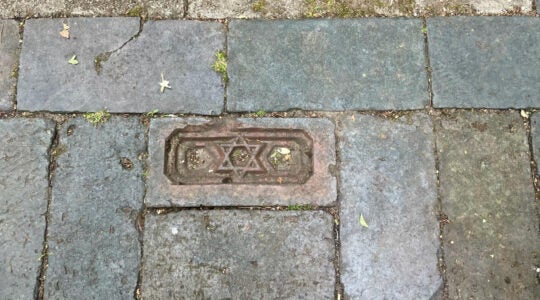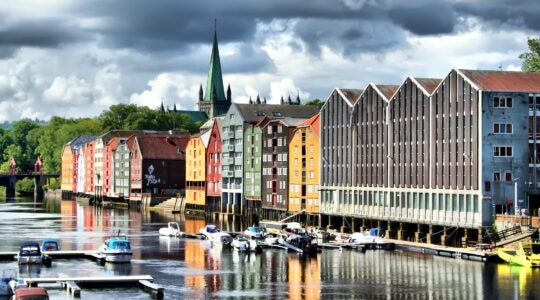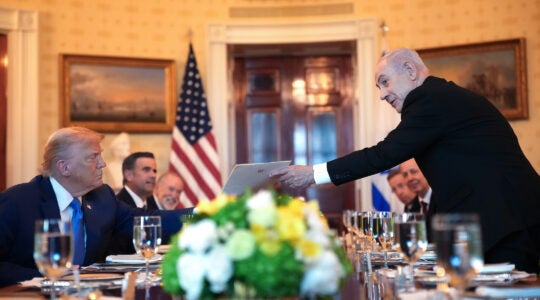
I’ve never spent this long at altitude before. Since Sunday, I’ve been in Santa Fe, at 7,000 feet above sea level. In fact, since landing in Denver seven days ago, I’ve never been lower than a mile high.
But in Santa Fe I’ve felt particularly heady, and not just from the abundance of natural healers and art galleries. There’s something mildly intoxicating about being here and I’m evidently not the only one who feels it.
I’ve been thinking of Santa Fe as the New Mexico analogue to Boulder. Both cities are smaller, hipper adjuncts to far larger cities to the south. They boast particular cultures that render them distinct not only from the blander metropolitan feel in Albuquerque and Denver, but even on their own terms. Santa Fe has a world-class arts scene and the earth tones and sensual curves of the adobe buildings that, by law, are required here. Both cities also have, percentage-wise, large Jewish populations. Santa Fe and Albuquerque have the same number of synagogues despite a tenfold difference in population.
And then there are the expats. I don’t have hard numbers here, but nearly everyone is from somewhere else. A rabbi in Albuquerque told me he asked his Shabbat morning Torah study group how many were native to New Mexico. One hand went up.
There’s a particular kind of Judaism that arises in a place like this. Folks often come here to escape the intensity and competition of life on the coasts, to reinvent themselves amidst the limitless potential of the Western landscape. They leave behind expectations and authority to embrace openness and freedom, searching for alternatives to the typical American existence. It’s not a disposition that lends itself to synagogue-going. Jews have lived in Santa Fe since the 1820s and didn’t get around to building a synagogue until 1951.
.jpg)
Today there are four synagogues in Santa Fe, including a Chabad whose directors, Rabbi Berel and Devora Levertov, are about to complete construction on a mikvah. The building is, of course, adobe.
Like other Jewish professionals, the Levertovs acknowledged the particular challenges they face in trying to deepen Jewish commitment in a place where the Jewish population seems to have relocated in large part to escape such commitments.
But the heady atmosphere of this mountain city also has its advantages. There’s an openness to spirituality in Santa Fe that you don’t find everywhere — a search for authenticity, Berel called it. And the mystical leanings of Chabad aren’t dismissed the way they might be elsewhere.
"In Santa Fe," Levertov said, "you can talk about these things."
JTA has documented Jewish history in real-time for over a century. Keep our journalism strong by joining us in supporting independent, award-winning reporting.
